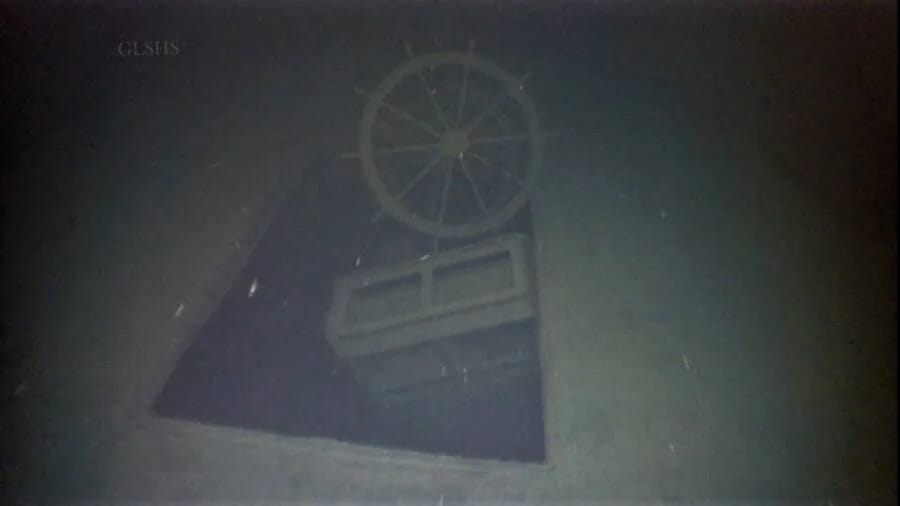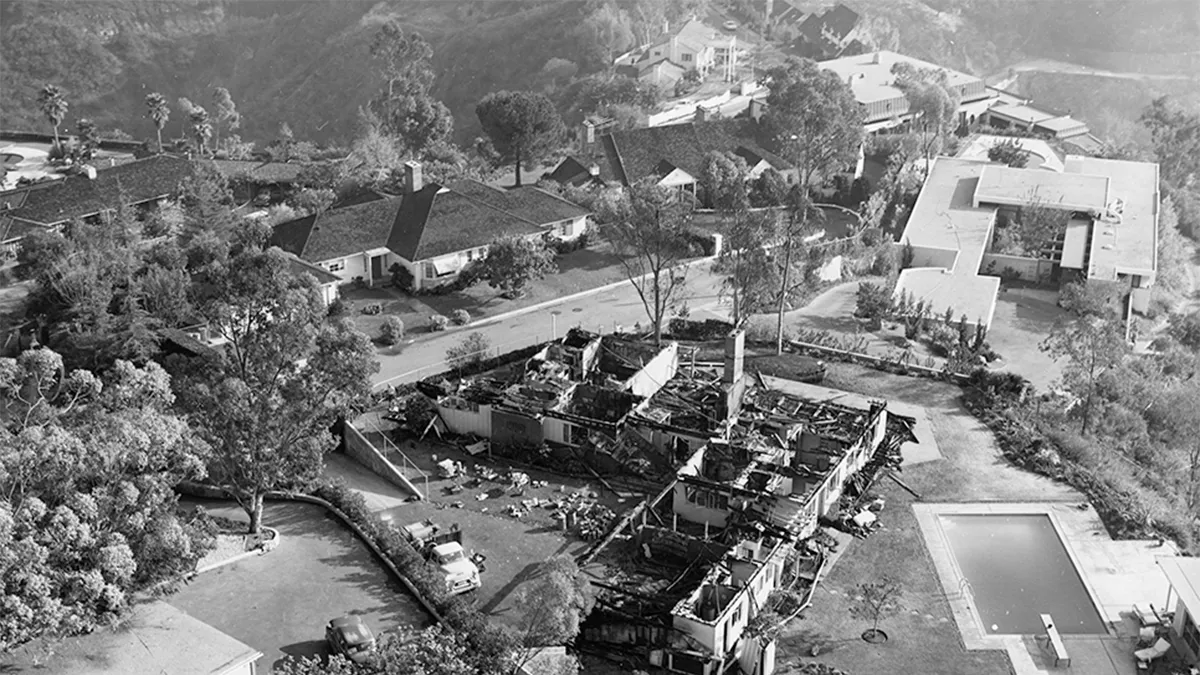Despite being a child in the ’70s, I somehow managed only a few days ago to hear Gordon Lightfoot’s 1976 classic, “The Wreck of the Edmund Fitzgerald” for the first time. That song, as most of you are probably aware, is about the 1975 sinking of the giant freighter on “the lake that they called ‘Gitche Gumee’”.
Also according to the song, “Superior, they said, never gives up her dead.” But it has indeed yielded up, if not the dead, then the wreck of another, earlier shipwreck on that vast, freshwater sea.
The remains of a World War II-era merchant ship that sank in Lake Superior along with its captain were recently discovered by a group of shipwreck hunters.
The Great Lakes Shipwreck Museum announced the discovery, attributing the find to shipwreck researcher Dan Fountain, who has been studying remote sensing data in the hunt for sunken vessels in Lake Superior for the past decade.
Fountain’s independent research led him to reach out to the Great Lakes Shipwreck Historical Society (GLSHS), who then worked with Fountain to locate the 244-foot bulk carrier SS Arlington roughly 650 feet below the surface of the water, just north of Michigan’s Keweenaw Peninsula.
The Arlington made its final voyage 35 years before the Edmund Fitzgerald, but how and why exactly it sank is just as much of a mystery.
The SS Arlington left Port Arthur, Ontario, on April 30, 1940, loaded with wheat and ready to set sail for Owen Sound, Ontario. Under the command of Captain Frederick “Tatey Bug” Burke, who had crossed the lake many times, the merchant ship sailed off into the dense fog.
Another larger freighter, the Collingwood, also set off across Lake Superior that day, but as night fell, the thick fog turned into a heavy storm. As rain assailed both ships, the Arlington began to take on water, and first mate Junis Macksey ordered the crew to bring the ship closer to shore, where the wind and waves would be less intense.
Captain Burke, however, refused and instead demanded that the ship remain on its original course.
By the early hours of the next morning, the Arlington started to sink. Chief engineer Fred Gilbert sound the alarm and the crew abandoned ship, eventually making it safely to the Collingwood. But Captain Burke, for reasons no one could fathom (no pun intended), chose to go down with his ship.
Captain Burke reportedly even stood near the ship’s pilothouse and waved at his crew as the Arlington went under.

An investigation shortly after the sinking was unable to answer the mysteries of the sinking: why Burke made the odd call to sail into more dangerous waters and why he refused to abandon ship with the rest of the crew.
The final discovery of the wreck probably won’t answer those questions, either.
Still, while many questions remain unanswered, the discovery of the SS Arlington can perhaps provide some closure for Captain Burke’s descendants.
All That’s Interesting
As for the Edmund Fitzgerald, its wreck was found, in two pieces, in 1975. None of its 29-man crew survived and no bodies were ever recovered, though a 1994 dive found the remains of a single crew member by the bow of the sunken ship.
Superior never gives up her dead, indeed.









